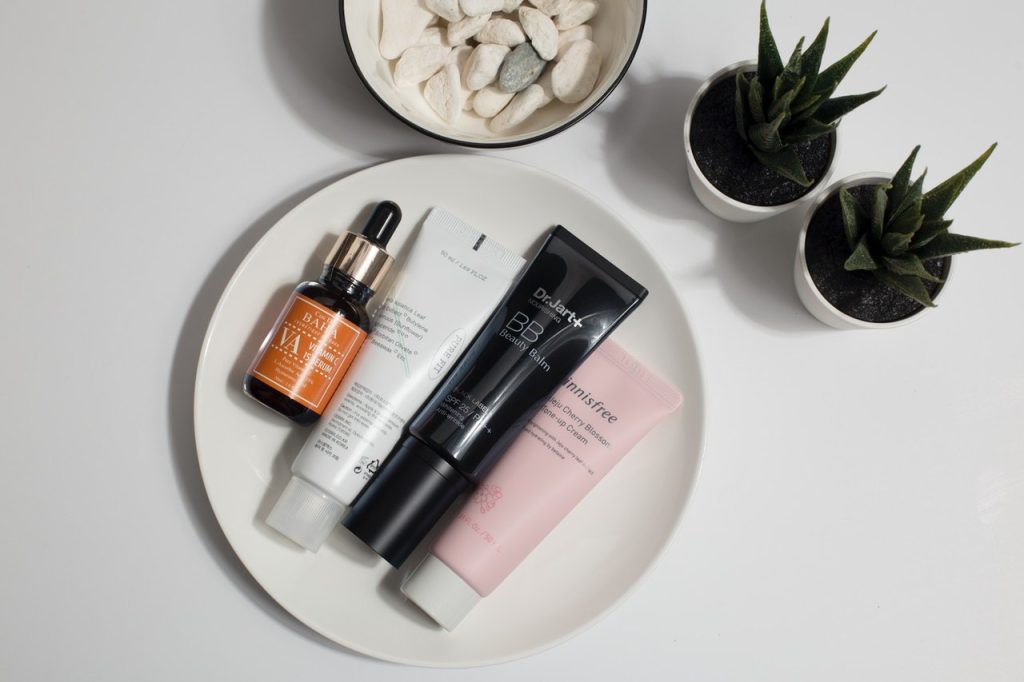When you think of packaging and product safety, what materials come to mind?
For most entrepreneurs, it’s boxes, bags and plenty of bubble wrap. After all, boxed packaged goods and bagged products are the most common forms of product packaging nowadays. But here’s an idea: how about tubed packaged goods?
Tubed packaged goods are used for ointments, creams, gels and other thick liquid products. Some manufacturers also use collapsible tubes or plastic tubes in case they need sturdier packaging. One of the reasons businesses choose tube packaging is for its additional layer of protection, which protects the product’s contents from breaking or leaking when handled.
With tubed packaged items, you have plenty of packaging options at hand. Aluminum tubes aren’t the only option; you can choose from collapsible tubes to a simple plastic tube. Tube packaging is also an eco-friendly alternative to traditional packaging.
What are Tubed Packaged Goods?
Tubes are long packing containers with a small establishing. Its opening and establishing parts are designed to ensure the contents inside will not break or leak. Tubes often carry liquid products like perfumes, oils and more, irrespective of their weight and size.
Currently, tubed packaged goods have become the way to go for businesses that package a large amount of food or drinking products.
What are the Different Uses of Tube Packaging?
When you think of tubed packaged goods, you immediately picture a tube of toothpaste or your favorite face wash. While these are often packaged in tubes, they aren’t the only ones that use tube packaging. Businesses use tubed containers to store and protect a diversity of products like food, posters and even certificates.
To accommodate these different uses, tube packaging manufacturers produce a variety of tubes, which include:
- Sealed bottom
- Hanging
- Mailing
- Heavy-walled
- Thin-walled
- Medium-walled
- Ultra-thin
Tubes can either be opaque or clear and are available in different colors. If you want to display the content of the tube, it’s best to use a clear tube. But if you prefer to focus on design and labeling, opaque tubes are also ideal.
They can also come with rigid bottoms or flexible bottoms. In terms of the choice of closure, it depends on the product. Your choice of closures includes flip-top, screw-on, plug top or a hanging hook.
Which Tubes Packaging Should You Use for Your Products?

As mentioned above, there are different types of tube packaging materials. The right packaging material depends on your needs (e.g. the type of products you produce, storage needs and logistics concerns).
In general, the standard sealed tube used for liquid packaged goods (e.g. vitamin C and other pharmaceutical items) are made from the following materials:
- Plastic
- Aluminum
- Tinplate
- Glass
- Ceramic
In terms of tube types, your options include:
- Sealed tubes
- Tubes with an ophthalmic tip
- Tubes with tips that you can easily remove
- Squeeze tubes made from plastic
- Aluminum chalking tube
- Eco-friendly mailing tube
What are the Benefits of Tubed Packaged Goods?
When it comes to packaging, customers are attracted to two qualities: eye-catching and safe. Bottles and jars are still dominant in the market, but tubed packaging is gaining traction as more business owners make the switch. After all, tubed packaged goods can look cool while guaranteeing product safety.
Other benefits of tube packaging for your products are:
- Customer convenience. Tubes are convenient to store in a cabinet, drawer, wardrobe, toolkit or in a bag. Your customers can bring them anywhere and you don’t have to worry about how to make your products fit on your shelves. Product dispensing isn’t a big deal either when you choose tubes.
- Product integrity. With tube packaging, there is less guesswork for the customer. Tubed package goods are cleaner and easier to use compared to other packaging options. Unlike with jars, you don’t have to insert utensils or fingers. This is a plus for customers who don’t want to make a mess or prioritize the integrity of the ingredients.
- Active ingredient protection. Protective barrier features keep active ingredients (e.g. ethylene vinyl alcohol or aluminate laminate) from eating through packaging materials.
- Eye-catching product design. Tubes present a great canvas for labeling and graphics. You can add intricate designs on the surface to ensure your products stand out in the market.
- Good for branding. Businesses that use tube packaging put their business name and logo on top of the tube’s cover or at the center of the tube’s front side. You can print these details on the tube to explain the brand, no matter what the product is inside.
- A wide range of applications. Tubed packaged goods cover a variety of products, which span several industries. You can use tube packaging for the following:
- Pharmaceutical products
- Household items (fillers and adhesives)
- Food (pastes, condiments and icing)
- Health and beauty products (toothpaste and body lotions)
- Personal care items (lubricants and ointments)
- Cost-efficiency and simple manufacturing. Unlike other packaging solutions, tubed packaged goods don’t need a spate consideration when it comes to safety and security (unlike some bagged packaged goods). Plus, you don’t have to worry about shelf display boxes, so you’ll have an easier time shipping them out.
What are the Drawbacks of Tubed Packaged Goods?
While tube packaging offers plenty of benefits, there are some drawbacks when using them. These include the following:
- Tubes leak or break easier due to corrosion
- Expired tubes can be hazardous.
- Not all tubes can resist heat.
Tube packaging has a lot to offer for business owners who wish to save on packaging without compromising the quality of their products. If you want to go minimalistic with your packaging, go with tubes.



